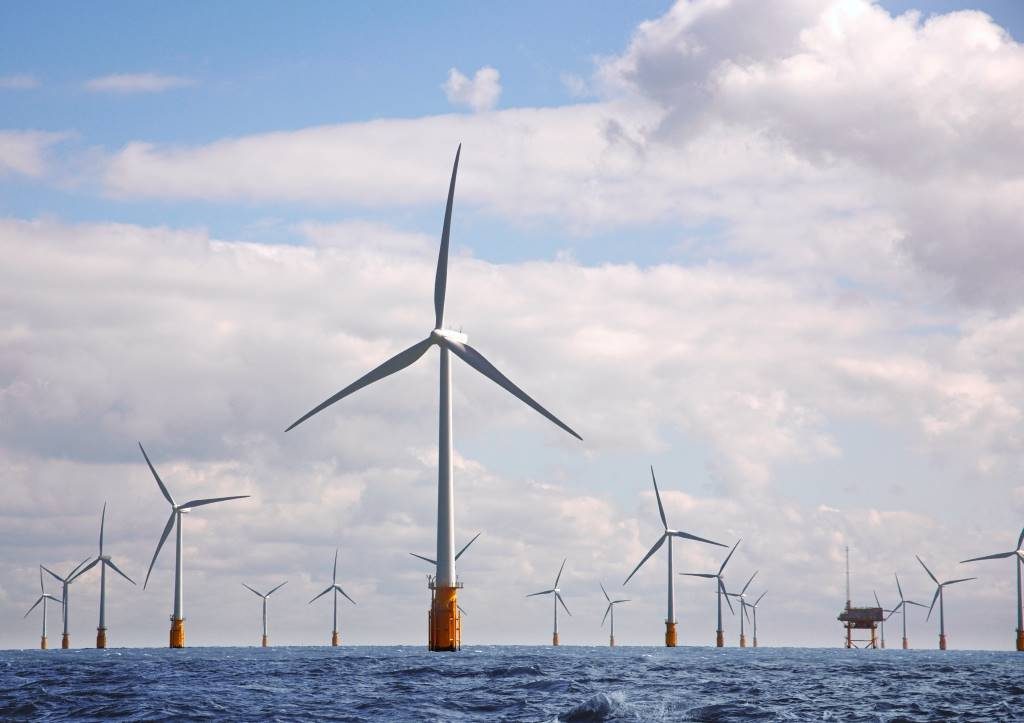 The global offshore wind supply chain will require USD 27 billion of secured investment by 2026 if it is to meet a fivefold growth in annual installations (excluding China) by 2030, according to the global research and consultancy group Wood Mackenzie.
The global offshore wind supply chain will require USD 27 billion of secured investment by 2026 if it is to meet a fivefold growth in annual installations (excluding China) by 2030, according to the global research and consultancy group Wood Mackenzie.The figure is based on Wood Mackenzie’s base case outlook which forecasts annual capacity additions of 30 GW by 2030 but is stunted by policymakers’ offshore wind targets, which call for nearly 80 GW per year and over USD 100 billion in investment.
“Nearly 80 GW of annual installations to meet all government targets is not realistic, even achieving our forecasted 30 GW in additions will prove unrealistic if there isn’t immediate investment in the supply chain,” said Chris Seiple, Vice Chair, Power and Renewables at Wood Mackenzie, co-author of the report.
The analysis is titled “Cross currents: Charting a sustainable course for offshore wind.”
According to Wood Mackenzie, there are two main challenges that hold back investment.
The first one is low profitability margins that make the investment case more challenging. Seipe says that the oversupply that resulted from the 2015 supply chain buildout is one of the factors depressing profitability, which saw the industry boost its capacity to supply around 800 turbines, compared to the yearly average of 500 since then.
In addition, recent inflation and higher commodity input costs are factors that suppliers have to cope with nowadays.
The second challenge is the uncertainty of project timing.
Wood Mackenzie outlines that about 24 GW of projects scheduled to come online between 2025 and 2027 have secured a route to market via a subsidy or power purchase agreement (PPA), but have not yet made a financial investment decision (FID) and now there’s a possibility that the projects will be delayed as the developers seek to renegotiate offtake contracts due to increase costs.
The global research and consultancy group noted that delaying projects at this stage will shift the anticipated equipment demand from 2025-27 to 2028-30, which would result in less need for manufacturing expansion in the short term, but there would be an even greater need for investment expansion to meet the demand from 2028-30.
“In reality, if this occurs, certain projects might not get built at all in 2028-30, meaning governments will risk falling further behind their targets,” said Finlay Clark, Senior Research Analyst at Wood Mackenzie.
Many investors are concerned that if the supply chain were built out to satisfy peak installation demand in 2030, in order to meet government wind targets, there would be insufficient demand for equipment to support it after 2030, according to Wood Mackenzie.
Adjustments Needed by Governments and Developers to Scale Up Offshore Wind Supply Chain
In order to scale up the offshore wind supply chain, Wood Mackenzie says that the target setting and plans for power market infrastructure to support offshore wind need to extend beyond 2030 in places where they do not already do so.
Some other factors for policymakers to consider include the impact on the supply chain when deciding whether or not to renegotiate existing contracts and pausing the turbine size arms race with a size cap, according to the report.
“It’s not all up to governments. Developers also need to consider innovative partnerships with suppliers to provide the demand stability that suppliers need to increase capacity,” said Soeren Lassen, Head of Offshore Wind at Wood Mackenzie.